 TRENT'S WALK IN THE BELIZEAN JUNGLE (Part Eight) Is brought to you by "Grand Belizean Estates" the next place to call home. 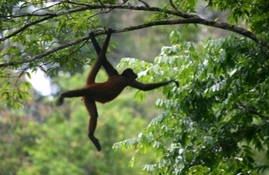 SPIDER MONKEY SIGHTING The spider monkey is known for its long linky limbs, and can be found all over the jungles of Belize. Recently our family went to the Lamanai Maya Ruins and they are literally in almost every tree. It's easy to understand how this monkey got its name. Its long, slim, limbs have inspired the common name, which in Spanish is, mono arana. With the assistance of its prehensile tail, the lanky arms and legs allow these happy little acrobats to swing through the trees, using the Belize forest as their very own private jungle gym. If you are lucky enough to come upon them in the wild (within a short period of time), the word will get around that there is a stranger about, and one by one - these monkeys will dissolve through a magical hole in the jungle and disappear. However, if you wait patiently, within half an hour (or so), they will most likely begin to reappear and to take up where they left off. If they ever decide to get down to serious business, these monkeys are able to travel at amazingly high speeds, using the style known as brachiating. Brachiating is the progressive from one hold (branch or vine) to another by alternate hand grips - including the tail, which is able to support the monkey's full weight. They are fastidious fruit eaters, only about 20% of their diet consist of leaves, which they take from the uppermost branches. They act as important seed dispersers, as most seeds pass whole through their digestive systems, and back out to the ground to germinate amid their bodily waste. Diurnal (or daytime) active spider monkeys tend to travel in troops, normally of about 20, which divide into smaller uni-sex groups. The adult and juvenile males going one way and the females and their dependent off-spring going another. At night they pair off in the sleeping trees, apparently choosing their partners by the whim of the moment. The troop appears to maintain a range between themselves, marked by chemical scents. The males do this, by spreading chest gland secretions on to leaves and branches. Certain calls also establish occupancy, and barking is used in repelling invaders or predators. Long, loud calls are used to coordinate troop movements. Other forms of communication include very versatile facial expressions and definitive body postures. The newborn spider monkey spends its first three months in the constant company of its mother, initially carried close to the chest, but very shortly it soon begins to ride on her back. It continues to suckle for about a year, although it starts to forage for leaves and fruit, at around 3 months of age. The gestation period for spider monkeys is 225 days, with only one offspring born at a time. As there are two or three years between progeny, the population is very slow to recover from any sort poaching, or sport killing. As in the case of the yellow fever epidemic of the 50's, which killed off a large proportion of Belizean spider monkeys. Although their numbers have increased, they continue to be considered an endangered species here in Belize. Aside from natural predators, human encroachment of their habitat is a serious threat to their survival - as is the misguided fad of keeping them as pets. If you are tempted to take in one of these adorable babies as a member of your household, think twice. Not only is it illegal, but they are messy and mischievous; worse, as it reaches maturity your cute little pet might suddenly turn vicious in the frustration of its unnatural life, and by then it will be too late to reintroduce him into the wild.
2 Comments
you stunk
2/14/2012 06:01:27 am
gtvjhnirt4hg6htg5thg53vo5g5gvb6vht6hbu6bhu6hb6bh6bh6ubhu67
Reply
g7fh
2/14/2012 06:01:49 am
Reply
Leave a Reply. |
Trenton Turley
Hi, my name is Trenton S. Turley. I've been living in Belize now for 11 years. Hope you enjoy reading my many blog posts. I write about things, that are passionate to me.
SNAKES OF BELIZE!
Check out, my my current blog series on Snakes of Belize. Categories
All
Archives
April 2016
|
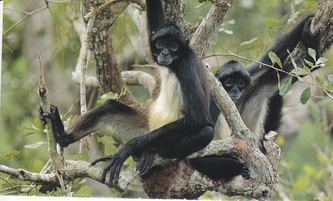
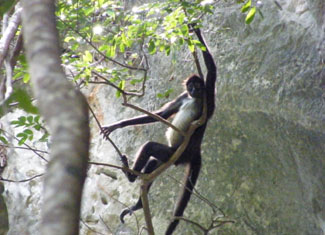
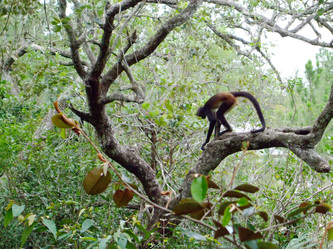
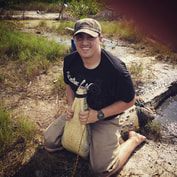
 RSS Feed
RSS Feed